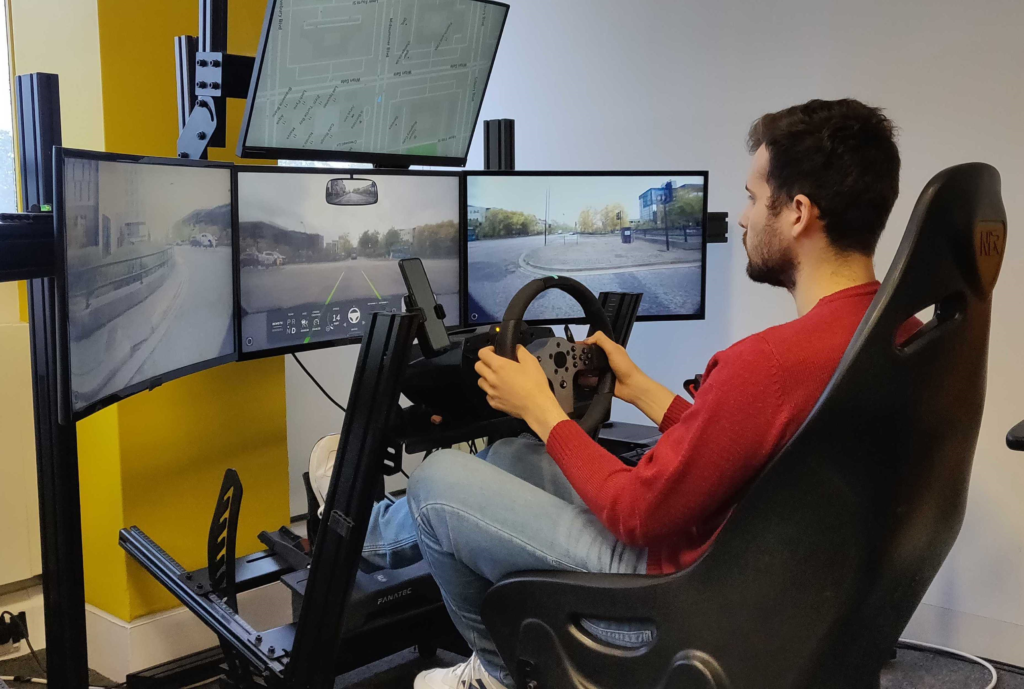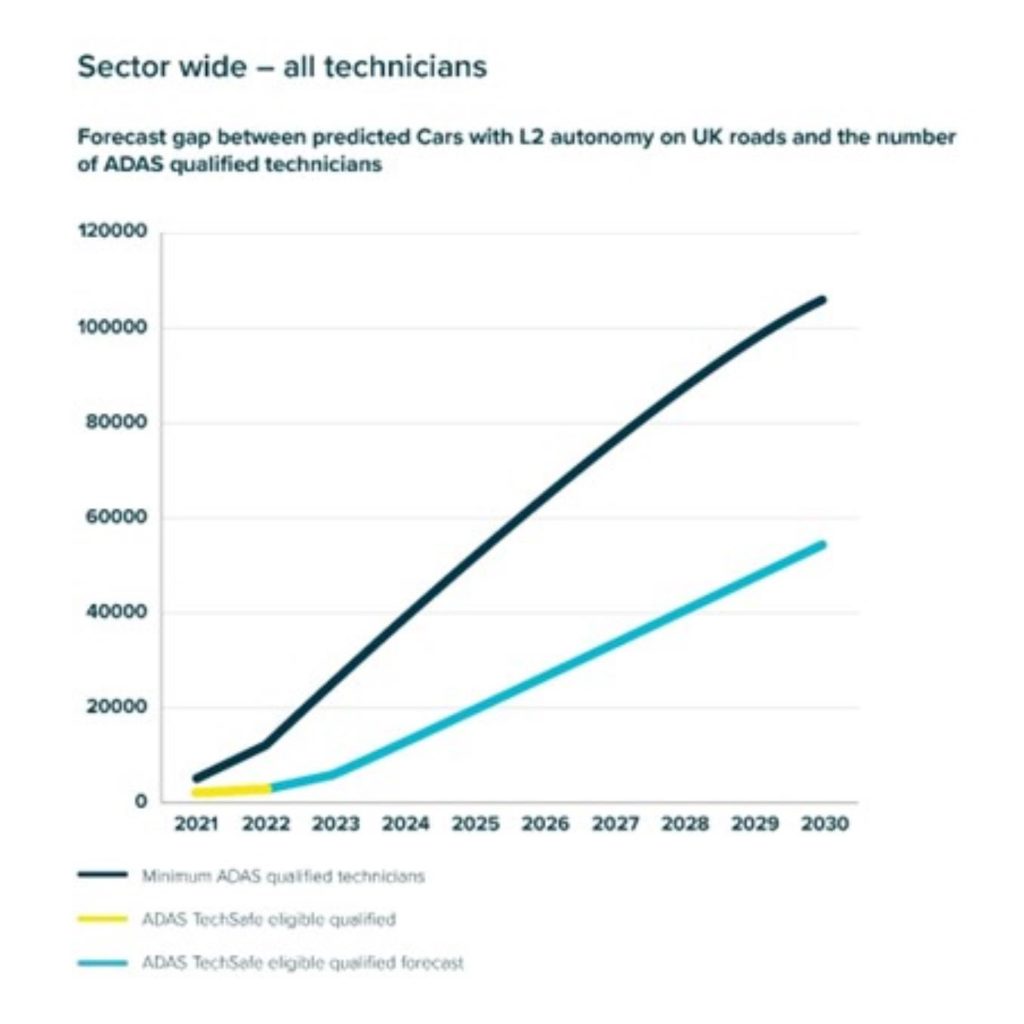Friday, 16. June 2023
By David Bartlett, head of accident management, AA Business Services
The days of being guaranteed a courtesy car while your vehicle is being repaired are largely behind us.
The automotive market and landscape have changed and are continuing to evolve.
A myriad of factors has impacted the availability of courtesy vehicles, and the reality is that they’re now in limited supply, regardless of insurance agreements for their provision.
The current landscape
As a result of global factors including the Covid 19 pandemic and the war in Ukraine, hire car providers are facing pressures, like many areas of industry, that are impacting the availability of vehicles.
One of the main challenges they’re facing is rising costs and this can be largely attributed to resourcing and energy.
Labour market shortages have put upwards pressure on wages. Together with an increase in the National Living Wage of 9.7% and rising inflation, this has contributed to a perfect storm in the rising cost of resourcing.
The price of petrol and diesel has also reached record highs over previous months. This has hit rental companies hard, as every delivery and collection requires a runner car that incurs the cost of an additional driver and fuel.
Worldwide, there’s been an average increase of 47% in rental costs, so if rental is your contingency, these costs need to be factored into budgets.
Due to ongoing supply chain challenges, we’re still seeing a delay and shortage of new vehicles coming to market, pushing up the price of new and second-hand cars as well.
In the past few years new vehicle costs have risen over 20% and in some cases its over 40% for used vehicles.
It’s therefore simply not a viable option for most repairers to increase the number of courtesy vehicles, extend leases or replace those ageing or unfit, leaving them with a smaller fleet.
Coupled with this, order delays for a number of parts are extensive and unpredictable, which is out of repairers’ hands, and in some cases, this results in fleets of courtesy cars being tied up with drivers for longer. And this is a worldwide problem.
So stark is this issue in certain areas that there have been recent reports of some insurers and fleets writing off historically repairable cars to save themselves the rising costs of providing courtesy cars. This is more of an issue or policies that include a credit-hire for drivers.
A further and developing challenge placing demands on bodyshops is insurance policies for electric vehicle (EV) drivers which stipulate the provision of replacement EV courtesy cars.
As it stands, EVs aren’t an affordable option for most repairers and, even if they were, the majority don’t yet have the fast-charging infrastructure to turn these vehicles around quick enough, let alone navigate the increased energy costs and minimal uplift in rates for such requests.
Alongside – and as a consequence of – this changing landscape, we’re seeing an ageing profile in short-term fleet operations.
To effectively manage this, and navigate the current supply challenges, requires ongoing innovation to find the best solutions to minimise fleet costs and downtime and this is what we’re doing at the AA in close partnership with our suppliers and partners.
Taking control
So, what does this mean for fleets? With so many variables at play, fleets and drivers need to focus on what they can control.
One ball firmly in their court is their accident management programme.
So, where should you start? Firstly, turn attention to your insured events experience.
In the event of an accident that renders a vehicle off the road, regardless of where the fault is attributable, how’s your business going to be impacted?
This is a question that every organisation needs to know the answer to, and it will vary widely depending on the nature of the work carried out by employees – for example, are your employees desk based, or do they need to drive to carry out their role?
To get an accurate picture, it’s also important to undertake analysis of your accident management history.
This should include your average vehicle downtime and the cost of this to your business. Knowledge is power and it’s only through understanding how your business is affected by vehicles being off road that you can best plan to mitigate the impact on business.
Once you have the information you need, take action.
What this looks like will depend on the results of your analysis and shape of your organisation.
It may be that if your fleet is predominantly used for commuting and visiting customers, you need to update your company car policy to explain to drivers what they can do in the event of an accident without a courtesy car. This can include working from home, for example.
If your business relies on vehicles to operate, such as carry-out deliveries, then the solution will be more complex.
You can look at temporary options to implement such as vehicle rotation and amending shift patterns to maximise the use of all vehicles in operation at any one time.
We’re seeing the benefit of contingency planning for this purpose first-hand as many businesses now opt for an end-to-end accident management solution.
This sees the various – often very separate – aspects of incident management strategically linked into a single service.
It means working in close partnership with customers to keep their vehicles on the road, helping them to navigate the fast-changing landscape, while remaining safe and compliant at all times.
Looking ahead, it’s important we all acknowledge that the landscape has changed and we’re likely to see a further decline in the availability of courtesy cars. So, it’s important to adjust fleet expectations and be proactive.
Any organisation that operates a business-critical fleet needs to take action by adopting a robust end-to-end accident management solution.
This way they can maximise business productivity by minimising the risk of disruption in the event of an accident. By Graham Hill thanks to Fleet News
Share My Blogs With Others:
These icons link to social bookmarking sites where readers can share and discover new web pages.

























